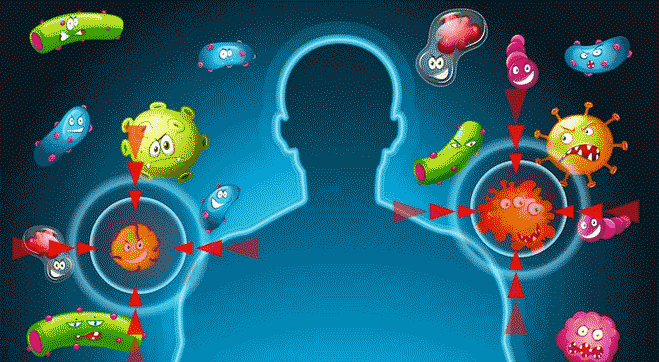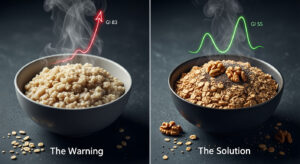Toxic Elements Our sedentary lifestyles and improper habits have lead to many deadly diseases permeating into each and every system of our body. The growing urge of every industry for creating bigger and better has led us to a path where things are frequently changing into traumatic conditions. Do you recall the Bhopal gas tragedy, one of the worst tragedies which people encountered and still remember – It was the methyl isocyanate gas containing Carbon as the core element, which is also the major toxins in our body makeup as already discussed previously. Though we cannot say that Bhopal Gas Tragedy only Carbon was responsible for this incident, it is an example that makes one realize how an element which is essential, could also have deleterious effect.








